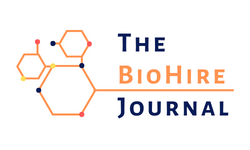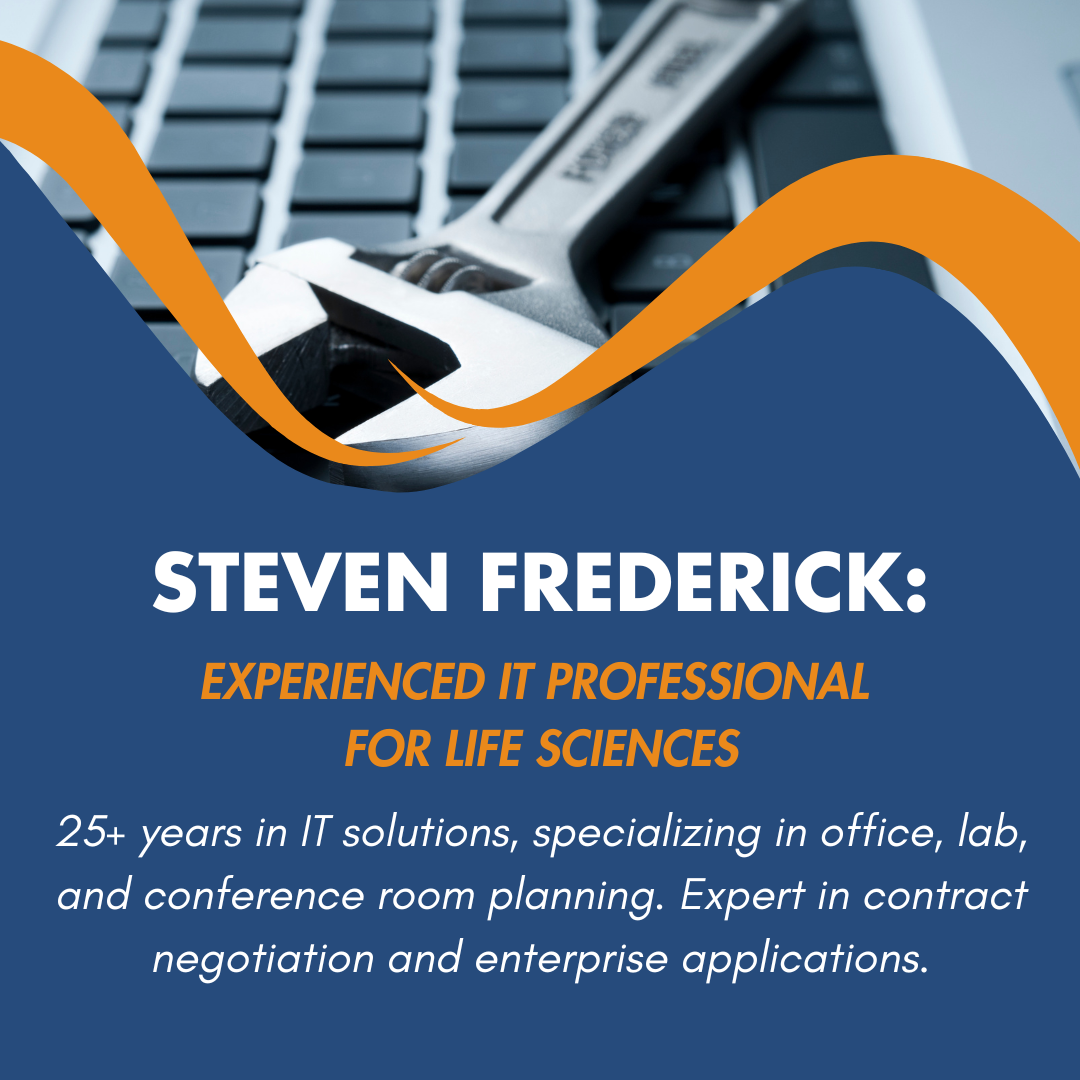Modern recruitment strategies rely extensively on LinkedIn. But even as recruiters depend on the platform for sourcing talent, they must also navigate its shift to a less professional, more distracting environment.
This is a particular problem for those who hire for the biotech and biopharma industries—who may already struggle with burnout as they navigate mercurial regulatory decisions and economic sentiments in this sector.
Life science recruiting is uniquely stressful
Biotech recruiters play for high stakes in a dynamic, stressful, rapidly-evolving landscape. Demand for skilled professionals sometimes exceeds supply, which keeps recruiters under pressure from employers.
Killian Grant, a 20-year software engineer who has also been in leadership and management positions for about 10 years, notes the drastic changes he has observed in hiring and firing cycles.
“One of the biggest issues I’m observing right now is this perpetual practice of overhiring followed by layoffs, sort of in a seasonal cycle,” says Grant. “It’s very easy for large corporations, especially, to look for talent for three months, bring people in so they can churn out work for six months, and then lay people off again. It just becomes a really crazy, frustrating market.”
The nature of the job requires recruiters to be “always on.” The urgency to respond to candidates or hiring managers at any time can blur the lines between personal and professional life, leading to burnout.
Furthermore, the life science vertical hiring process is inherently complex. Recruiters have minimal information and time to assess a candidate’s competency and potential fit within organizational culture.
Many recruiters work remotely and aren’t always privy to senior-level hiring decisions, even as candidates ask where they stand in the selection process. Recruiters also spend hours keeping up-to-date on their niche and the right tools for sourcing talent. This can leave them with limited colleague support. Grant comments, “It’s sort of like technological warfare in the sourcing and recruiting space.”
Has LinkedIn lost its way?
LinkedIn started as a strictly professional platform, a kind of interactive, virtual resume for potential candidates that recruiters could browse. But over time, and especially during and since the COVID-19 pandemic, the line between personal and professional and the definition of what is “shareable” on LinkedIn have blurred.
Some see this change as a part of a larger move away from old-school, formal corporate culture. With most bored by traditional marketing, sharing personal stories feels like a stamp of authenticity in the AI age.
The idea that humans are the most important part of any business fuels this sentiment, which is cemented by more remote work. As we all Zoomed into each others’ work spaces populated by pets, plants, and children, we became more comfortable broadcasting evidence of our personal lives.
Others cite shifting generations and the “confessional style” of Generation Z in particular driving the transformation. Certain users even see LinkedIn as a source of dating prospects.
Some changes in LinkedIn usage have gotten plenty of flack, with critics labeling it “cringe-inducing,” “a mess,” or irretrievably “weird,” albeit necessary. Add the “LinkedIn Lunatics” forum on Reddit into this mix, where dismayed users regularly post “overshares” and other laughter- (or groan-) worthy posts from LinkedIn true-believers, and the overall purpose of the platform feels diminished.
Yet LinkedIn is still the top global professional platform, with over 1 billion users from at least 200 regions and countries. And while only a small fraction of these users—about 49 million—are looking for work on LinkedIn every week, that’s still a tremendous number.
Put LinkedIn back to work for you
The relentless nature of recruitment, amplified by continuous LinkedIn activity, can lead to illogical outcomes and emotional burnout. The strange new LinkedIn landscape doesn’t necessarily help, confronting recruiters with much more chaff to sift through to find buried kernels of talent.
But LinkedIn gets many things done well—that’s why most recruiters remain on it. There are proven tactics users can employ to mitigate the negative impacts of recruiting on LinkedIn and to find the best candidates.
Use tools to streamline communication and candidate sourcing tasks. One of the best is LinkedIn Recruiter, which can help source better talent and limit time spent engaging with the social feed. And LinkedIn’s AI Hiring Assistant tool can refine your process by transforming notes into job descriptions, for example, so you can focus on interacting with human candidates.
As explored in Technology to Lighten Your Load in 2024, emerging tech solutions are designed to streamline workflows, improve efficiency, and even predict candidate success—making it easier than ever to find top talent, no matter how crowded the digital landscape becomes.
Stick to the relevant. The latest Linkedin algorithms feature the kinds of posts you usually engage with, so continue reacting to and posting about only the things most salient for you—the more niche, the better.
The bottom line
There are few easy answers presenting themselves in the current job market. But there are good strategies and tools that anyone, including recruiters, can employ to stay on LinkedIn, find the best talent, and keep a close grip on your sanity.








